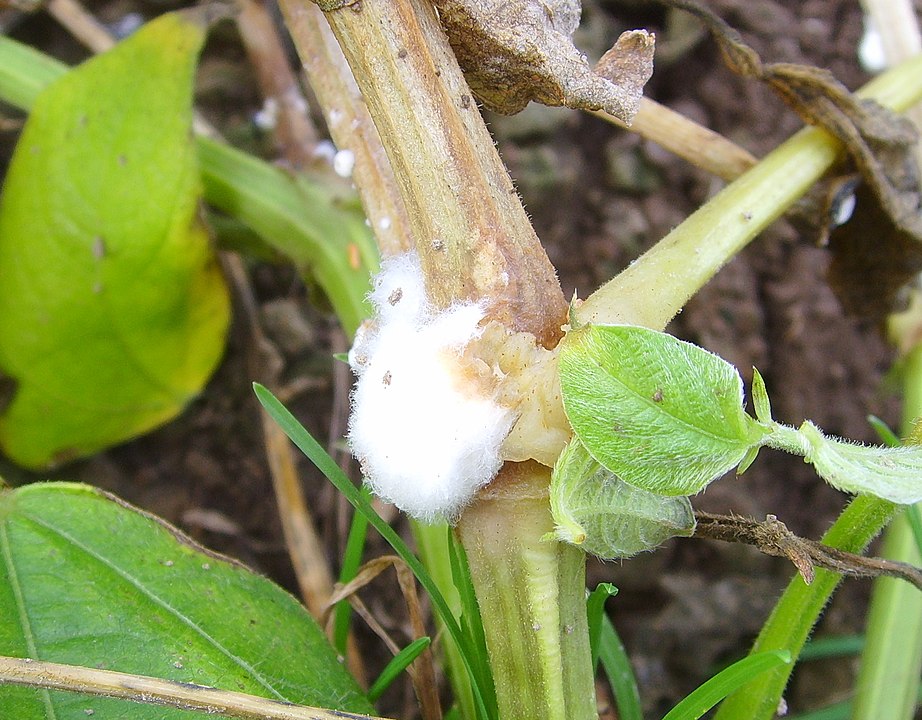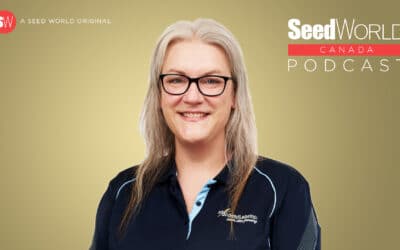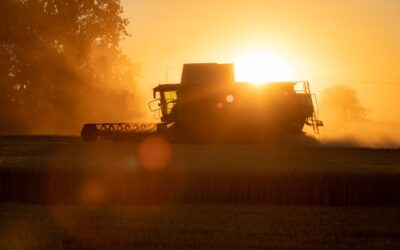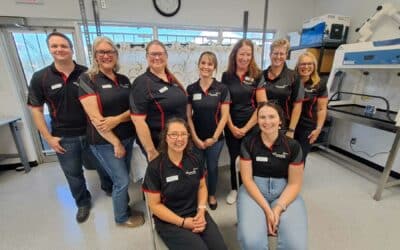A fungus called Sclerotinia sclerotiorum is becoming more prominent in canola fields in Western Canada, and it’s something anyone with a stake in the canola business should be aware of.
Sclerotinia occurs in all canola growing regions and is the most economically significant disease of canola in Western Canada. On standing crops, it appears as light brown lesions on stems, branches and pods. These lesions expand and become bleached-looking and may have concentric rings.
When lesions expand enough to girdle the stem, plants will wilt. The bleached stems tend to shred and break at the base. Hard, black overwintering bodies (sclerotia) form inside the infected stems and pods.
Depending on weather conditions, yield losses can be extremely high. A rule of thumb is yield loss is about half of the percentage of infected plants in the field. A field with 20 per cent infected plants, therefore, will result in a 10 per cent yield loss.
The black sclerotia produced inside infected plants can live in the soil for at least four to five years. Under suitable conditions the sclerotia germinate and produce tiny cup-shaped mushrooms (apothecia). The apothecia produce thousands of air-borne spores that can be blown several kilometers into adjacent fields.
That’s where modern technology comes in. You can now detect disease in your field long before you see it in your crops. The Spornado is a simple passive spore catcher priced to work within your fungicide budget. The sampler is placed in the field, trapping airborne spores through wind currents on a specialized filter. These filters are then collected for molecular analysis for fungal pathogens that cause crop disease.
The Spornado looks like a weathervane with a funnel in front. The device’s unique design allows it to turn into prevailing winds and collect airborne spores on specialized filters, contained in an easy-to-change cassette system. The cassette is easily removable and can be shipped to 20/20 Seed Labs for rapid, accurate testing.
20/20 Seed Labs will test all of the samples and provide quick results. Having this detection system in place, you can now monitor and gather the information to guide and help you narrow the timing gap for when fungicide spraying is critical.
The Spornado should be placed in an open area within a field of interest at least one week prior to canola flowering and one week after flowering. A cereal crop should be monitored with the Spornado from just after flag leaf emergence until the crop has finished flowering. Late June to early August is the optimal time to use the Spornado.
This past season, 86 per cent of samples sent in tested positive for sclerotinia. This problem is out there, and the best offence is a good defense.






